
The Art of Layering: Textures and Colors in Studio Spaces
Today’s chosen theme is The Art of Layering: Textures and Colors in Studio Spaces. Welcome in. We will build depth, comfort, and creative energy through color stories and tactile materials that make small studios feel expansive. Share your palette ideas below and subscribe for weekly layering tips.

Set the Palette: Building Your Layering Blueprint
Pick a calming base, a supporting tone, and a spirited accent to guide every decision. Many creators use a 60-30-10 balance to maintain harmony while allowing surprises. Test colors at different times of day to see how light reshapes your story.
Set the Palette: Building Your Layering Blueprint
Collect small swatches of linen, wool, oak, raw canvas, and recycled metals. A tactile library prevents mismatched purchases and speeds decisions. Keep them in a clear envelope, and note how each material looks beside your paints, tools, and favorite reference images.
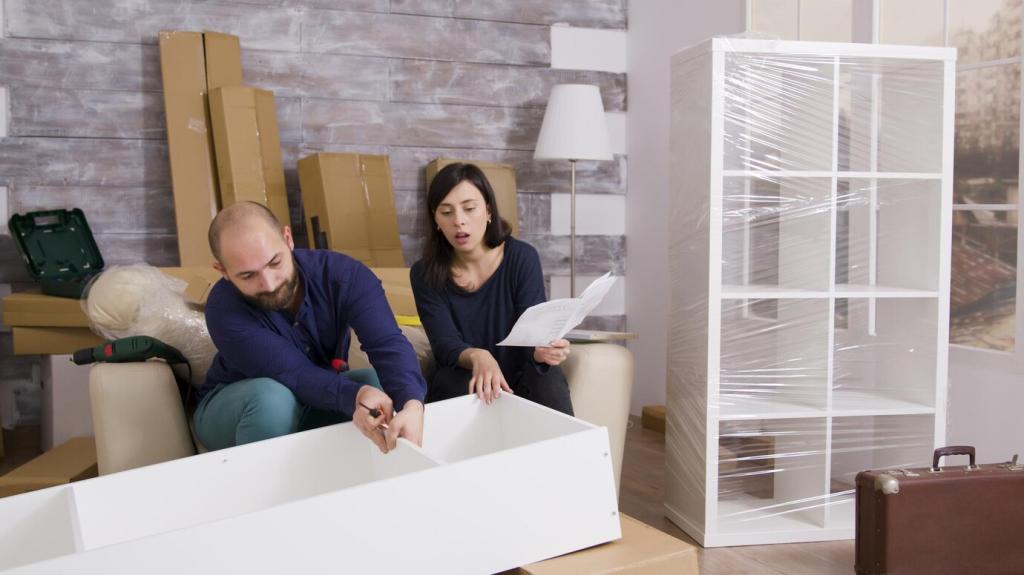
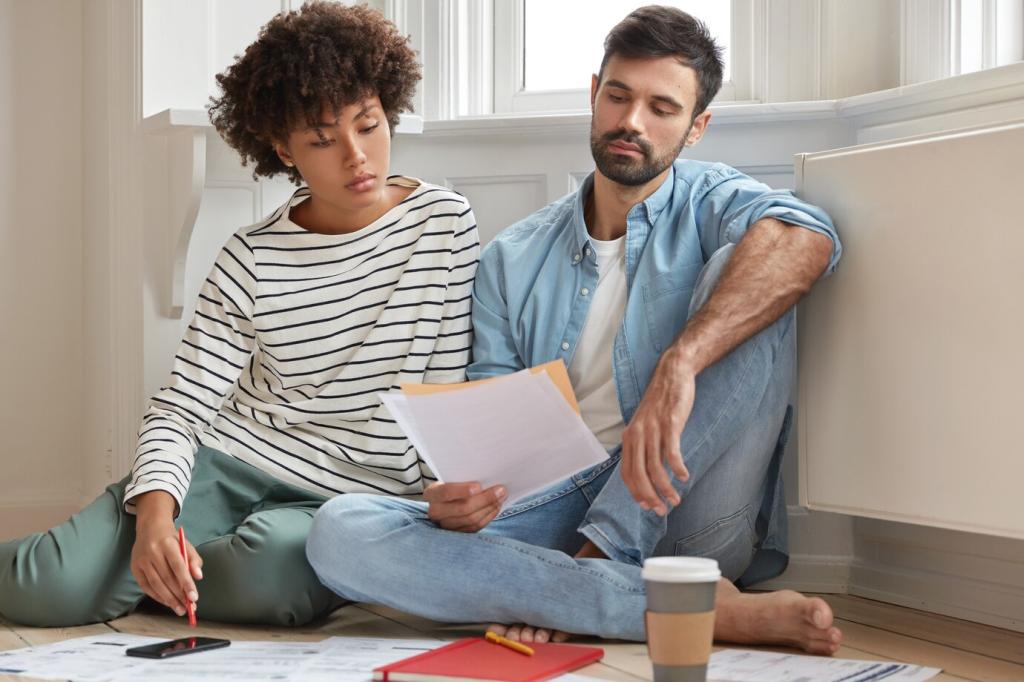
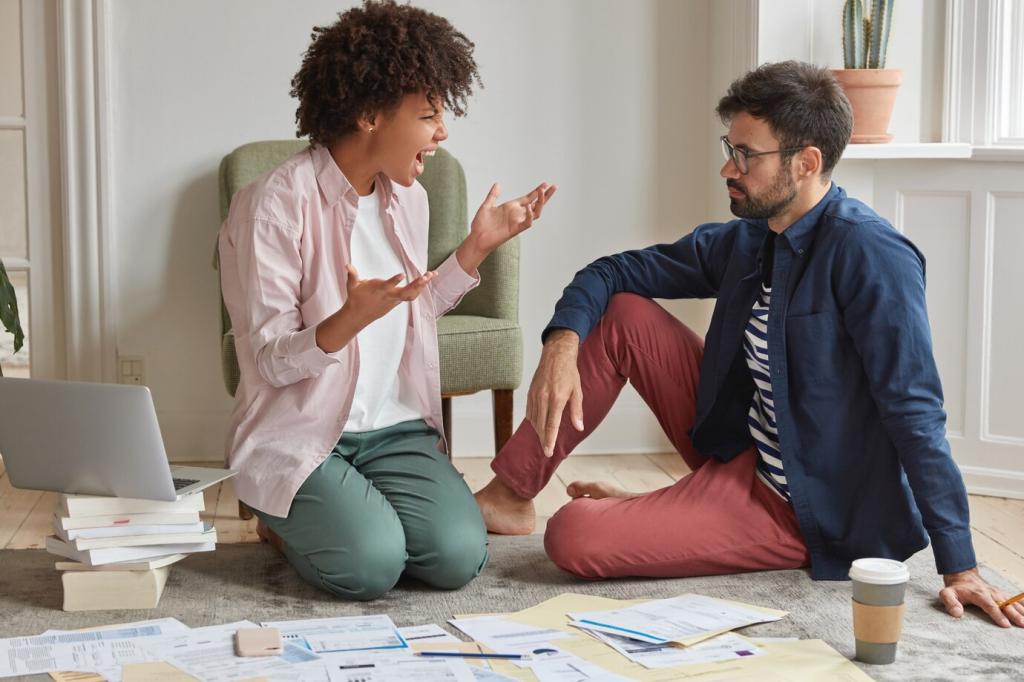

Maya began with a board of bone whites, clay pinks, and a dash of ultramarine she loved since art school. She taped fabric scraps beside paint swatches, then photographed them under morning and evening light. The board evolved as each layer proved itself.
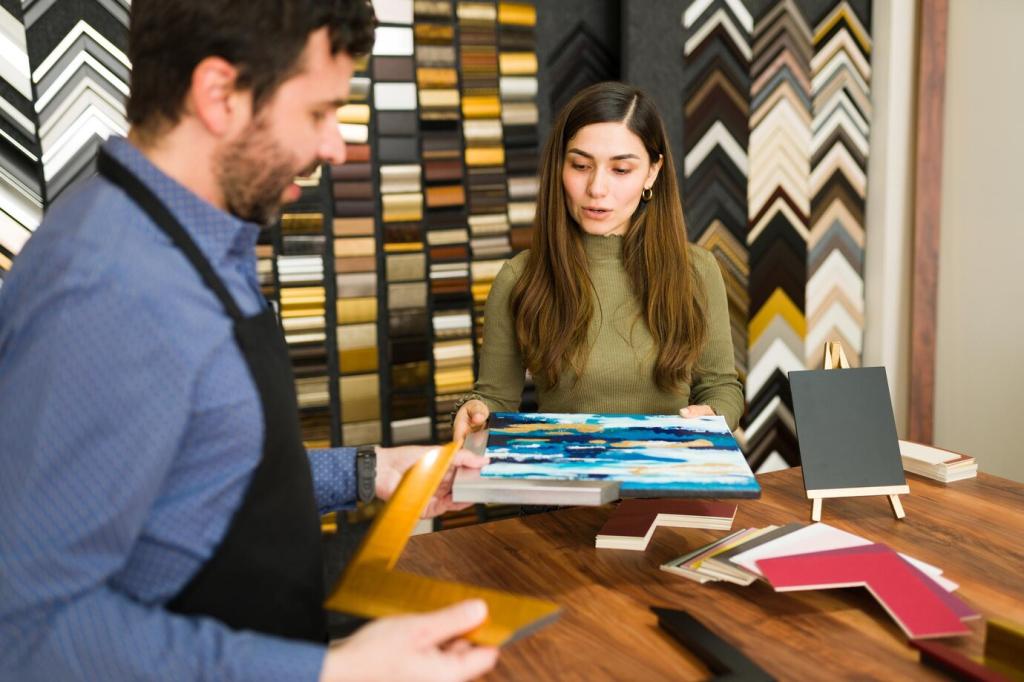
She thrifted linen drapes, found FSC-certified oak offcuts, and scored sample tiles for a mini backsplash. Choosing honest materials gave texture without pretense. Every item was tested against her swatch kit, ensuring the final composition felt intentional rather than accidental.

Maya installed shelves, then removed one when the wall felt heavy. She softened a corner with a wool throw and added a tiny chrome tray for sparkle. Her rule was one layer at a time, step back, breathe, and edit until the room exhaled.
Color Psychology for Creators
Warm hues like terracotta and ochre spark momentum at the start of a session, while cool blues and gentle greens settle nerves during detail work. Balance both by anchoring your main wall in a quiet neutral and using warm accents near your active zone.
Color Psychology for Creators
Pick one accent for sprint days and another for contemplative sketching. A small red tray can energize deadlines, while a chartreuse pencil cup invites experimentation. Because accents are movable, you can shift your studio mood in seconds without disrupting the core palette.

Textural Techniques You Can Try This Weekend
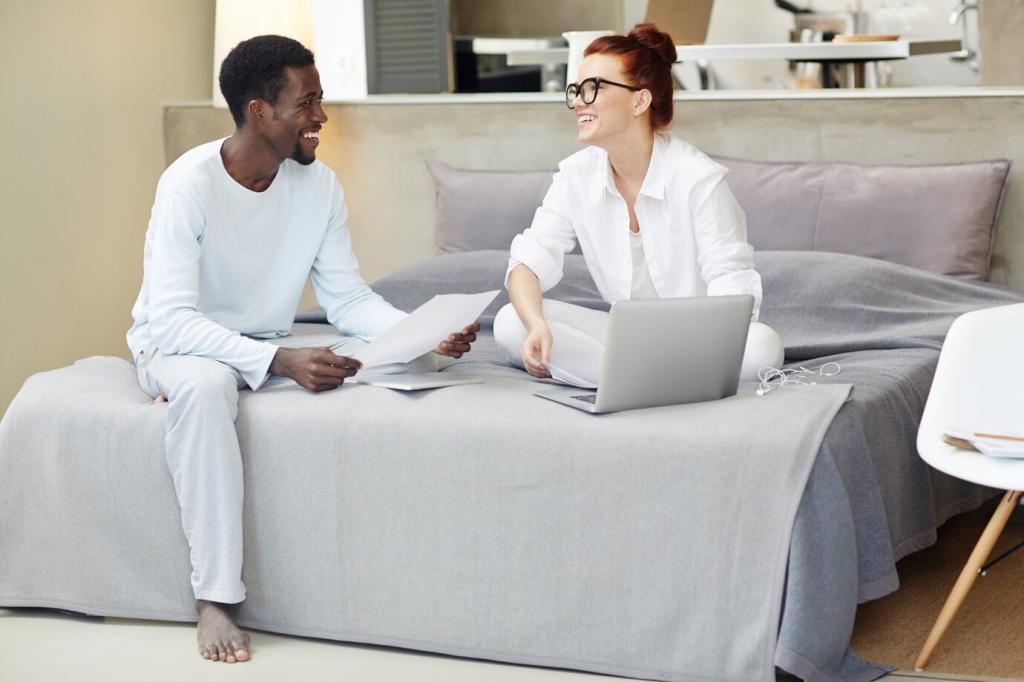
Walls with Soul: Limewash, Plaster, and Glaze
Try a two-tone limewash that drifts slightly darker near the floor for grounded depth. A thin glaze over flat paint introduces quiet movement. If you rent, removable textured panels can mimic plaster and come down clean when it is time to move.
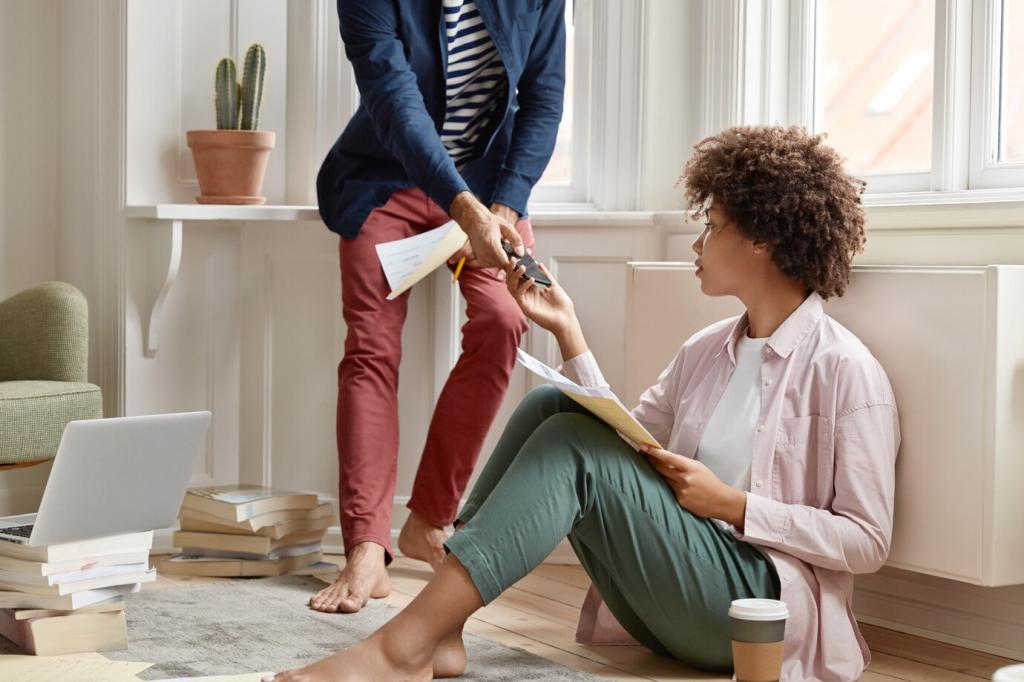
The Soft Stack: Throws, Cushions, Drapes
Layer a nubby wool throw over smooth linen, then add a velvet cushion for a touch of sheen. Keep patterns restrained but related by color. These soft layers comfort the eye, absorb echo, and make focused work more pleasant during long creative stretches.
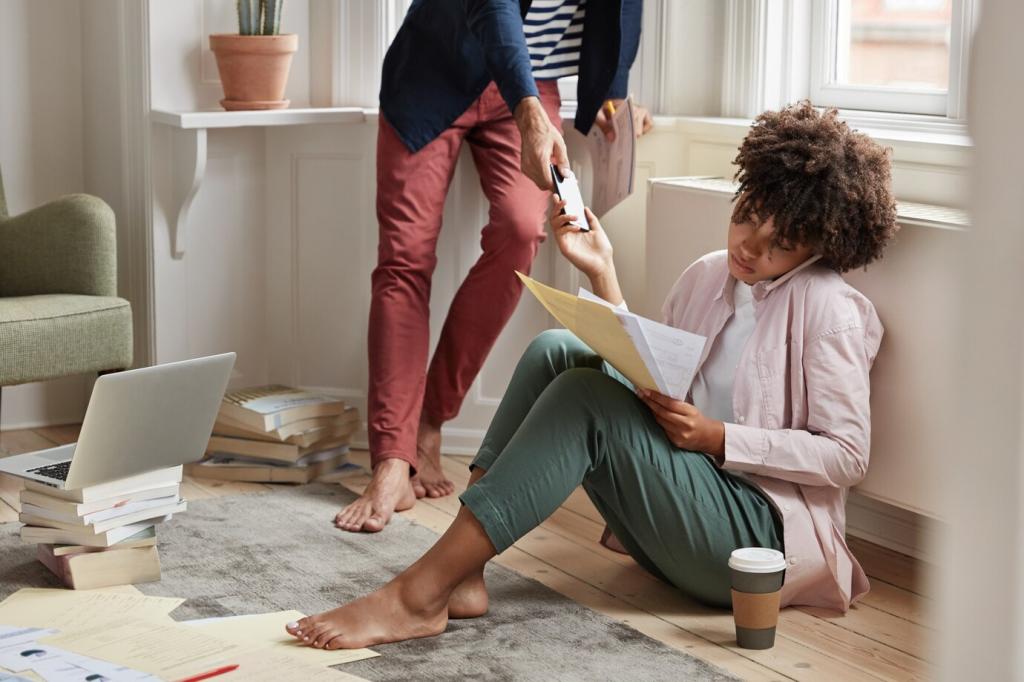
Material Counterpoints: Wood, Metal, Stone, and Botanicals
Pair warm oak with brushed steel for tension, then introduce a small soapstone tray to ground gloss. A leafy plant becomes a living texture and soft color accent. The interplay of warm, cool, hard, and soft keeps the composition feeling alive and balanced.
Keep It Alive: Maintenance and Evolution
Rotate heavy knits for airy cotton as temperatures rise, and switch bright accents to deeper tones in autumn. Small changes keep your palette resonant with daylight shifts. Store off-season textiles in breathable bags and label them by color family for quick refreshes.
Keep It Alive: Maintenance and Evolution
Dust dulls color and flattens texture. Gentle brushing revives wood grain and lifts wool pile, while felt pads quiet furniture movement. If echo persists, add a cork pinboard and thicker rug pad; both are subtle layers that calm sound without visual clutter.


